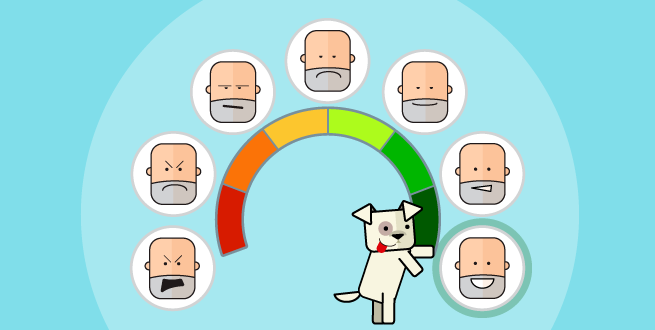6 tips of what to do and what not to do with the lifecycle of email marketing
Published in october, 20 of 2015
Understanding the customer lifecycle (Customer Lifecycle) means getting to know who your target audience is, their expectations and how to meet them the best way possible. It works like the beginning of a relationship, it starts with a flirt that evolves during the approaching between your customer and your brand. However, how can you do this with your email marketing campaigns and/or transactional emails?
First of all you should know the basics of your customer lifecycle. It starts with the sign up, then the first purchase. Some become regular customers, while others just go away. Email is a key part in the process if you know how to use it for the different stages of the cycle.
Understand the types of email for each stage
Each step within your customer lifecycle has a specific purpose. So it´s important to learn all the stages to set the type of communication that will be used to meet each one of them. Let's split it into three stages:
- Beginning - welcome emails, abandoned cart recovery;
- Middle - cross-sell, birthday, emails to launch new products;
- End - Emails such as `we miss you´ for users with little or no interaction.
5 steps to understand the customer lifecycle
In addition to these three basic stages of the customer lifecycle, there are 5 steps that may summarize the process as a whole for you. What about this?
Segmentation
Each customer has their own needs and behavior patterns. Therefore, it´s crucial to prepare segmentation filters to meet them assertively, without giving chances for error.
Aquisition
This is where the sales team prospects customers for new products or services of the company. Segmentation helps attracting the right people making sales arguments more efficient.
Monetization
At this stage the marketing team enters to expand the relationship with the new customers acquired through the creation of cross-sell and up-sell offers. Emails are sent according to the preferences of each group.
Retention
Retention is equally or more important than the acquisition, besides being cheaper. The coolest thing in this case, if you pay attention, is that customers “warn” when they should be retained, reducing the purchases or increasing the complaints.
Recovery
Losing customers is not good news for anyone, but it happens and sometimes it´s not that bad too. This way, you can figure out who are the good and bad customers and direct your recovery efforts on those who worth with customized offers.
Perhaps the emails and the concepts already sound familiar to you or maybe not, regardless we will show you six actions you should be taking to succeed with your customers lifecycle.
What to do with the lifecycle of your email
- Explore initiatives: beyond discounts, try actions such as offering the opportunity to spy on a product that will be launched soon, new delivery modes and custom consulting.
- Bet on the sense of urgency: this technique fits like a glove for calls to action (CTA). Show consumers through limited offers, about to expire or promotional codes, if they don´t buy, they will lose it.
- Follow the metrics: be sure to follow all reporting data, as opening and click rates, to evaluate the impact on conversions and define your next steps in the customer lifecycle.
What not to do with the lifecycle of your email
- Avoid over-targeting: if until now you had not bothered to target your audience avoid applying all possible filters. Start with small tests and, based on the information that you will gather from them, set the best segmentation.
- Escape from assumptions: do not let theories or hypotheses dictate the rules of your email marketing strategy. What works for some people, may not have the same effect on others. So test to find out the best way.
- Do not overload the sends: even though you are excited to start sending your campaigns, follow the logic to not overload the system or the work. Make it simple to start, learn from the reports and re-invest based on that.
Conclusion
A marketing strategy that follows the customer lifecycle is a great addition to any professional who works with this. However, as any action plan, it requires study, experience and diligence to follow metrics and extract the best of them for your email marketing campaigns.
Did you like it? Share!
Meet us at social networks and take the reading forward!
Facebook, Twitter, LinkedIn, Google+
Do you have any questions about the platform or suggestions for our blog? Send it to us through the comments!